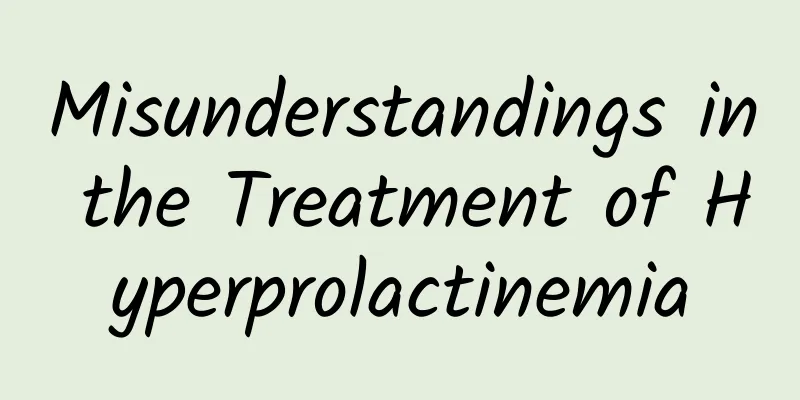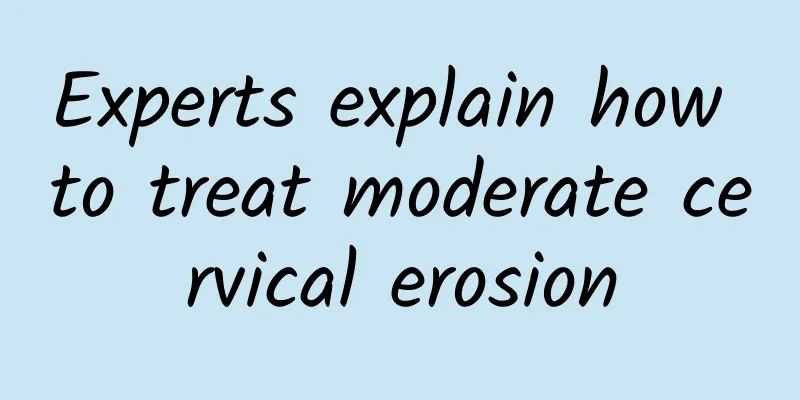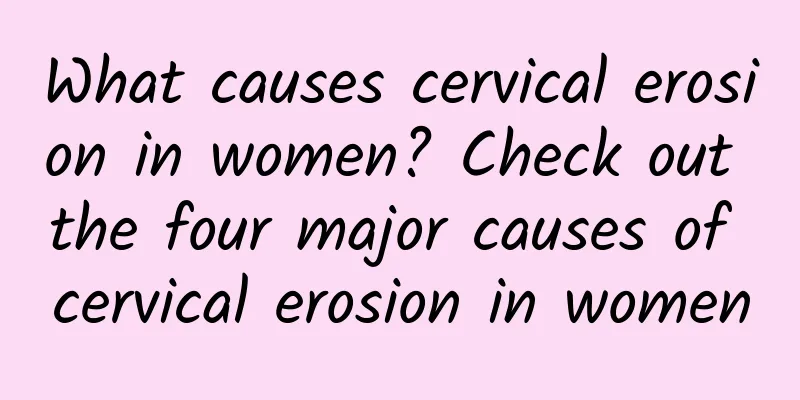Misunderstandings in the Treatment of Hyperprolactinemia

|
Hyperprolactinemia is a type of female disease that can lead to infertility, oligomenorrhea, amenorrhea and other symptoms, causing a lot of trouble to the patient's life and psychology. Therefore, we generally use anti-prolactin therapy, ovulation induction therapy and radiotherapy, but it is still recommended that patients go to a professional hospital for treatment and examination, so as to better cure hyperprolactinemia. How to treat hyperprolactinemia in pregnant women Patients with hyperprolactinemia often come to the attention of obstetricians after a spontaneous pregnancy or with a history of hyperprolactinemia being treated for infertility. Pregnancy may present with a transient physiologic hyperprolactinemia. However, some clinical symptoms (such as lactation, anovulation, or hypogonadism) suggest that treatment should be sought; these symptoms are unrelated to pregnancy. Furthermore, idiopathic hyperprolactinemia and microadenomas rarely result in significant adverse outcomes. Therefore, enlargement of a macroadenoma is the most common indication for treatment during pregnancy. Treatment options include bromocriptine and transsphenoidal surgery. Bromocriptine is an ergot derivative with potential dopamine agonist activity. In patients with hyperprolactinemia and anovulation treated with bromocriptine, 80-90% of them will have normal menstruation and many will become pregnant. Side effects are also significant, with vomiting and postural hypotension being common. Side effects are more frequent during initial treatment. Treatment begins with a low dose (1.25 mg) taken at bedtime with meals. After a few weeks, the dose can be increased to 2.5 mg twice a day, and the clinical effect can be evaluated after a few months. If the side effects are intolerable, vaginal bromocriptine can be tried. In addition to improving the clinical symptoms of hyperprolactinemia (anoovulation, lactation, or hypogonadism), bromocriptine can also shrink prolactinomas. Long-term mental and physical fatigue often causes the body's qi and blood to be deficient. Traditional Chinese medicine believes that this disease is deficiency. Deficiency is a staged result in the development of this disease. Depression and deficiency cause poor circulation of qi and blood, which eventually leads to stasis. Stasis is a more serious consequence of the development of this disease. Western medicine has no good method to treat this disease. Traditional Chinese medicine treatment only needs to follow the principles of relieving depression, replenishing and dispersing stasis, and most of them can achieve satisfactory results. Medicinal use: 10g of Chinese angelica, 10g of white peony root, 10g of Chuanxiong, 15g of raw rehmannia, 6g of safflower, 10g of peach kernel, 10g of Korean ginseng, 10g of white atractylodes, 10g of Poria, 20g of Chinese yam, 15g of bupleurum, 10g of turmeric, 10g of corydalis, 10g of golden bell fruit, 10g of polygonatum, 10g of wolfberry, 10g of curculigo, 10g of Morinda officinalis, 6g of liquorice. 30 doses for one course of treatment. For amenorrhea, take it until menstruation comes, then stop taking it. Continue taking it after menstruation is over. For irregular menstruation, take it between two menstruations, and take it continuously for 2-3 menstrual cycles until the symptoms are basically improved. When infertile people conceive, amenorrhea people menstruate, and irregular menstruation people resume normal menstruation, the prolactin concentration in the blood that is several times higher than the normal standard can naturally return to normal. Even if patients are found to have pituitary hypertrophy or mass formation under MRI, the original hypertrophy or mass will disappear after various clinical symptoms disappear. The above introduction is the treatment method, which is especially suitable for pregnant women. Pregnant women suffering from this disease must be careful in treatment. Patients must cooperate with the doctor's advice during treatment and must not take medicine indiscriminately on their own, as this will cause great harm to pregnant women. = |
<<: New progress in the treatment of hyperprolactinemia
>>: Principles of treatment of idiopathic hyperprolactinemia
Recommend
Tell you when is the best time for abortion
Many women choose to have an abortion due to exce...
Effective method for treating mild postpartum cervical erosion
The treatment methods for postpartum cervical ero...
You can exercise while playing with your phone! 5 simple exercises to slim your belly and strengthen your thigh muscles
If you are a girl who doesn’t have time to go to ...
Experts explain important inspection measures for painless abortion
Although compared with other abortion surgeries, ...
Do you know the causes of adnexitis?
What causes adnexitis? Experts say: Among inflamm...
These 5 enzymes are responsible for breaking down fatty acids
"It is a misconception that exercise burns f...
Causes of adnexitis in women
What are the causes of adnexitis? Adnexitis is a ...
How are uterine fibroids caused? Can sexual disorders cause uterine fibroids?
In life, many female friends have uterine fibroid...
What medicine can I take for irregular menstruation? You can take these 6 types of medicine for irregular menstruation
Irregular menstruation is a common condition and ...
What tests are done to diagnose sinus atresia?
The diagnosis of sinus atresia requires a combina...
Can Traditional Chinese Medicine Cure Dysmenorrhea?
Can Chinese medicine cure dysmenorrhea? Chinese m...
How many years does it take for a girl's menstruation to become regular?
It usually takes 5 to 7 years for a girl's me...
How long does it take to cure bacterial vaginosis?
The pathogen of bacterial vaginitis is vaginal ba...
What are the symptoms of intrauterine adhesions?
What are the symptoms of intrauterine adhesions? ...
What should I do if I often have urinary urgency and unbearable pain in the lower abdomen during menstruation?
What should I do if I have dysmenorrhea and often...









